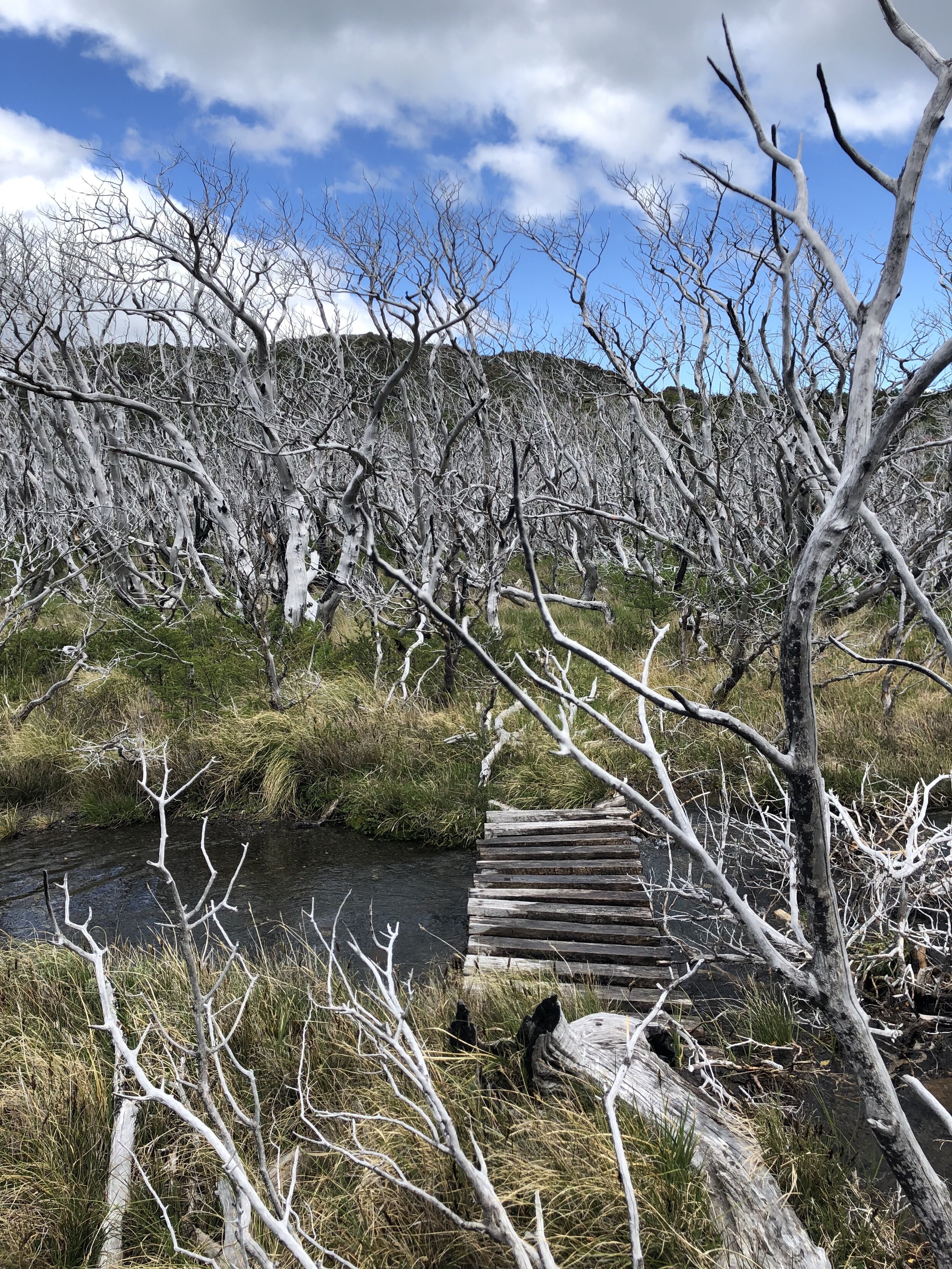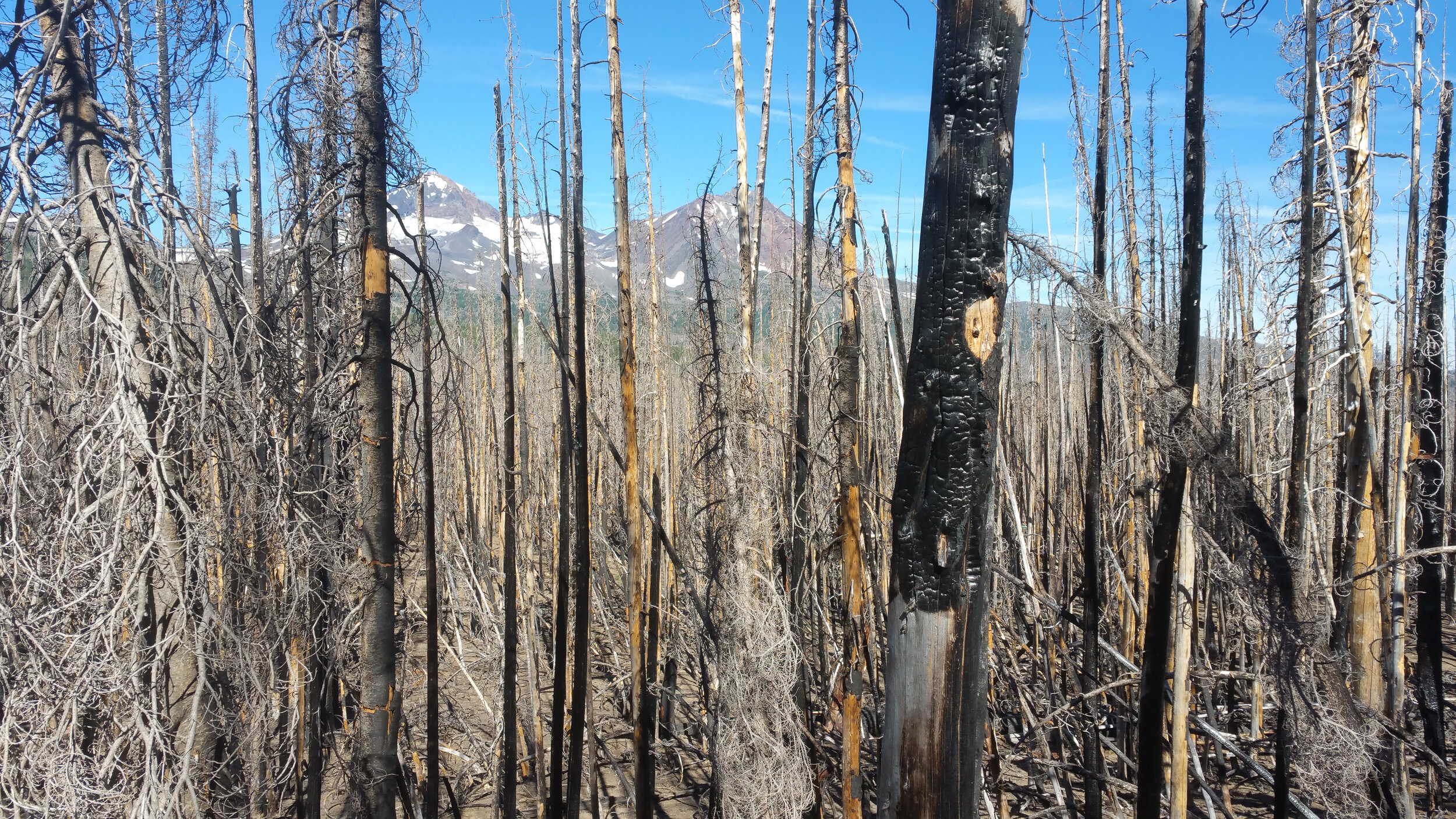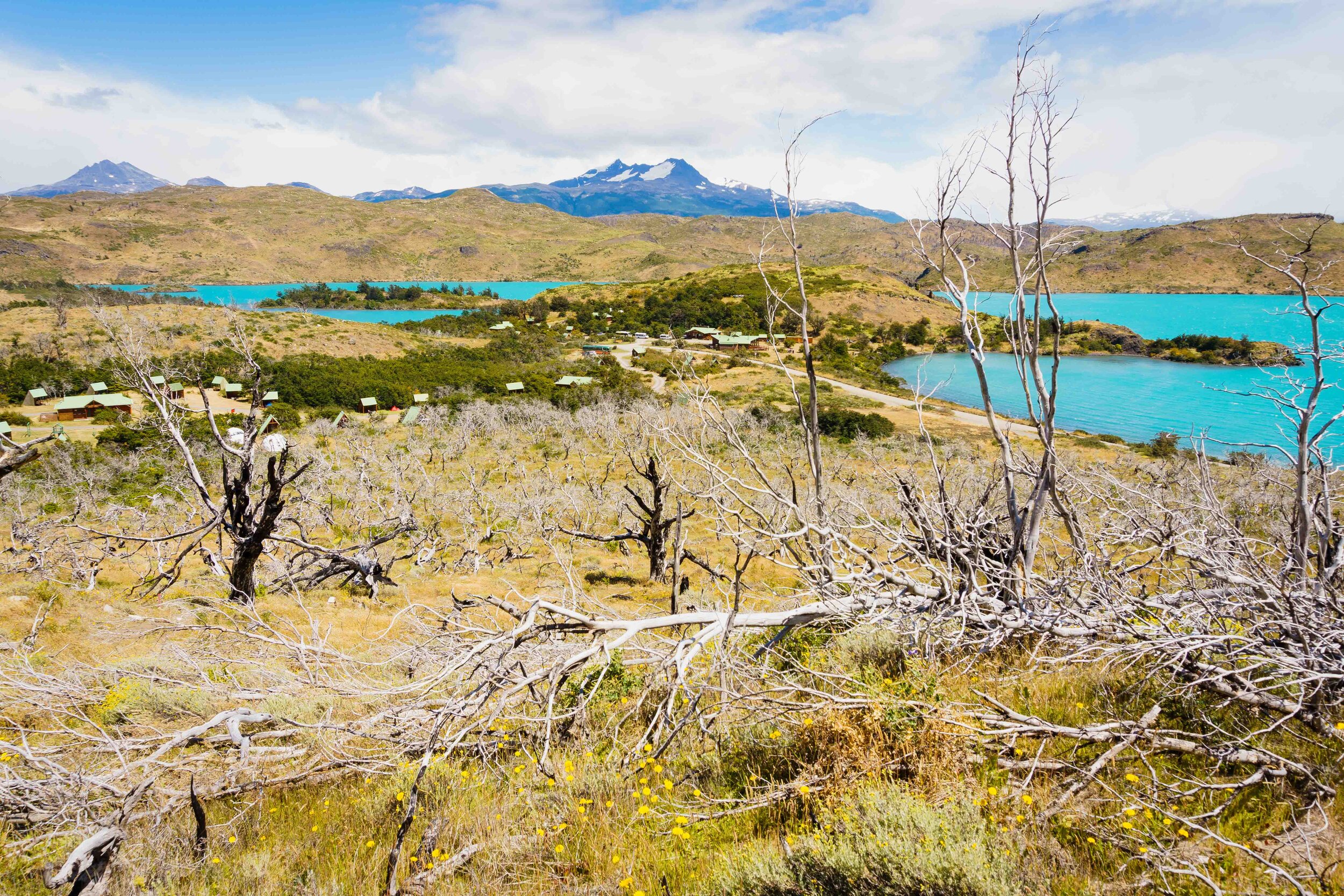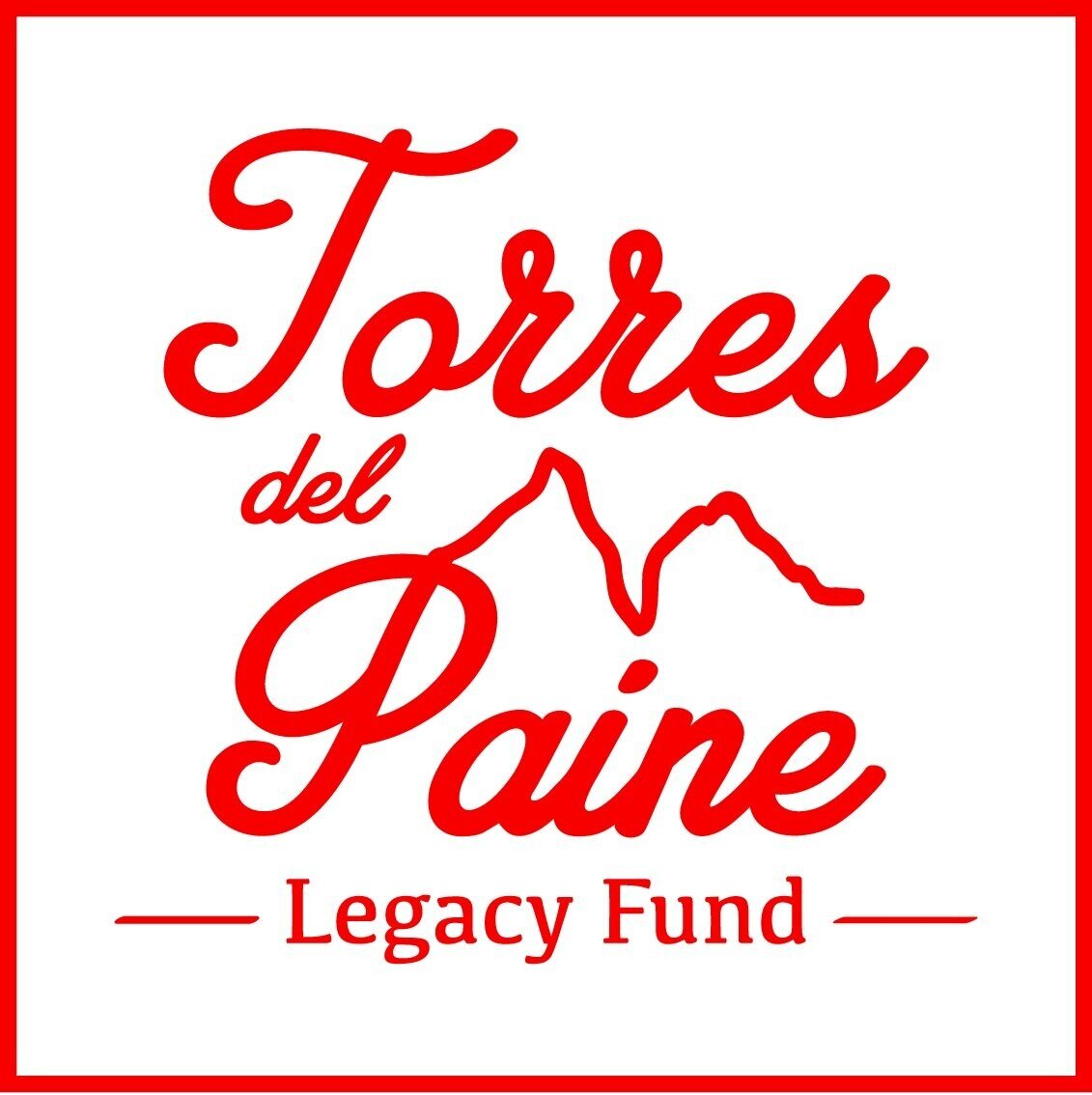
Reforestation
The Legacy Fund works with CONAF on holistic ecological restoration efforts in Torres del Paine. From tree planting, to monitoring the progress of juvenile plants, we pride ourselves on detailed conservation efforts.
The Consequences of Man-Made Forest Fires
Torres del Paine has been affected by 3 major forest fires, all started by tourists. Collectively, the 1985, 2005, and 2011-2012 forest fires have burned more than 39,000 Hectares. The photos below highlight some of the large swaths of forests, many of which took thousands of years to grow, decimated from these fires. When the climate is dry, Patagonia’s ferocious wind, crisp air, and dense forests, make forest fires nearly unstoppable.





Lenga Forests
The blazes consumed nearly 20,000 hectares of native forest, principally lenga (Nothofagus pumilio), ñirre (Nothofagus antarctica), and Magellan’s Beech (Nothofagus betuloides), species key to sustaining the park’s biodiversity and watershed health.
Indeed, many of the park’s species rely on the park’s forest ecosystems for nesting, shelter, food, and nutrients. Lenga’s deciduous, umbrella effect also provides a haven for hillside flora from the harsh Patagonian winds and typically supports a rich understory of lichen, shrubs, flowers, and grasses.
Unfortunately, lenga’s slow maturation rate (it can take 100-150 years to reach their average height of 30 meters) prolongs the negative effects associated with the loss of this keystone species. Lenga forests are also critical carbon sinks in the region, storing an estimated 461 tons of carbon per hectare of Nothofagus pumilio forest (Barrera, 2012). Moreover, unlike Ñirre and Magellan’s Beech, Lenga has proven to be much less resilient to the effects of forest fires and require human intervention to regenerate.
How the Legacy Fund supports reforestation in TDP
Given lenga’s ecological benefits, CONAF began restoration efforts to accelerate recuperation of the least resilient fire affected areas, mainly those areas previously occupied by pure or mixed lenga forest.
However, ecological restoration is an incredibly time and labor intensive process, and CONAF lacks the human resources to cover this need internally. That’s why the Legacy Fund leads recruitment, training, and management of volunteer groups to collaboratively reforest and monitor reforestation efforts with CONAF.
Since 2005, CONAF has planted more than 900,000 trees in Torres del Paine in conjunction with various partners. The Legacy Fund is working to accelerate this number and to monitor those that have been planted to ensure a successful outcome.
Monitoring.
Given the data required to validate and improve its ecological restoration approach, paired with the Legacy Fund's success to date in mobilizing and training volunteers, during the 2018-2019 season CONAF personnel trained Legacy Fund staff in the data collection methodologies required for reforestation monitoring. The Legacy Fund then began recruiting, training, and managing volunteer groups to examine and record the conditions of reforested lenga.
Monitoring work requires teams of volunteers to gather data on previously planted lenga nuclei. Since forest fires are not a naturally occurring event in this part of the world, scant information exists regarding reforestation practices in the region. The Legacy Fund is working with CONAF to obtain information on pod survival rates, conditions, resurgence/absence of adjacent/dependent flora and fauna, and most effective planting methodologies.
The Legacy Fund is also offering tourism businesses and visitors the opportunity to schedule a one-day trip to monitor the reforestation of Lenga with us. If you are interested in joining us for a day on your trip, please email wes@supporttdp.org .
Planting.
Thanks to a grant awarded by One Tree Planted, the Legacy Fund will support CONAF’s efforts to plant 10,000 trees in Torres del Paine in Winter 2021. With a small team, we will spend 3 weeks in the national park bringing in 1-2 year lenga plants from the nursery, then planting them in forest fire affected areas of TDP.
